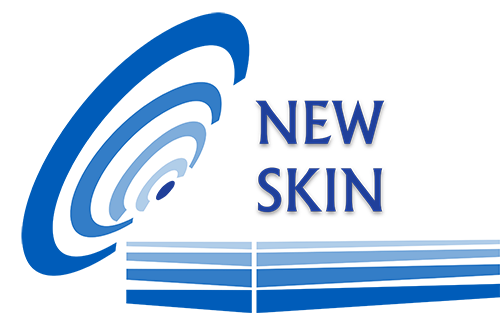Use case
Development of deposition technologies to increase the resistance to corrosion of brass and copper-based alloys in different sectors

3D4MEC Srl, one of the first Italian companies to develop and market specialised industrial 3D printing systems for metals, and the first to specialise in the development of custom machines for specific alloys, was founded in 2016 and is part of the group of companies headed by Ivano Corsini, an entrepreneur with more than 35 years of experience in the mechatronics and manufacturing sectors. These 3D4MEC printers are designed to adapt to the technical and production needs of each individual customer, enabling the rapid production of durable components with suitable technical properties, accelerating production flow and reducing time-to-market for products and prototypes. The 3D4MEC proposition is focused on on-demand production of custom advanced 3D printing systems for metals and has currently developed two specialized 3D printing systems: 3D4STEEL for steel and 3D4BRASS for brass alloys.
3D4MEC submitted two projects during the first NewSkin OITB Open Call, both of which have been selected to receive support.
The first one aims to investigate corrosive phenomena between brass components in atmospheres with ammonia or ammonia vapours. The main objective of the project is to cover a brass alloy component through deposition technologies to increase its resistance to corrosion in environments saturated with ammonia, increase the lifetime of the component and reduce the risk that the component itself is the source of possible pollution (in terms of dissolution of metals harmful to health).
The goal of the second 3D4MEC NewSkin OITB project is to create a new treatment to avoid galvanic corrosion in the naval field, for components obtained from copper-based alloys, such as valves, mechanical parts or impellers. In particular, the challenge of this alloy is the high probability of being coupled to metal elements that, together with the presence of sea water, a perfect natural electrolyte, translates into corrosive effects. The NewSkin OITB team put their expertise and facilities to work to solve this corrosive problem.
Published on 07 Oct 14:29 (about 1 year ago)
3D4MEC submitted two projects during the first NewSkin OITB Open Call, both of which have been selected to receive support.
The first one aims to investigate corrosive phenomena between brass components in atmospheres with ammonia or ammonia vapours. The main objective of the project is to cover a brass alloy component through deposition technologies to increase its resistance to corrosion in environments saturated with ammonia, increase the lifetime of the component and reduce the risk that the component itself is the source of possible pollution (in terms of dissolution of metals harmful to health).
The goal of the second 3D4MEC NewSkin OITB project is to create a new treatment to avoid galvanic corrosion in the naval field, for components obtained from copper-based alloys, such as valves, mechanical parts or impellers. In particular, the challenge of this alloy is the high probability of being coupled to metal elements that, together with the presence of sea water, a perfect natural electrolyte, translates into corrosive effects. The NewSkin OITB team put their expertise and facilities to work to solve this corrosive problem.
Return to use cases index
